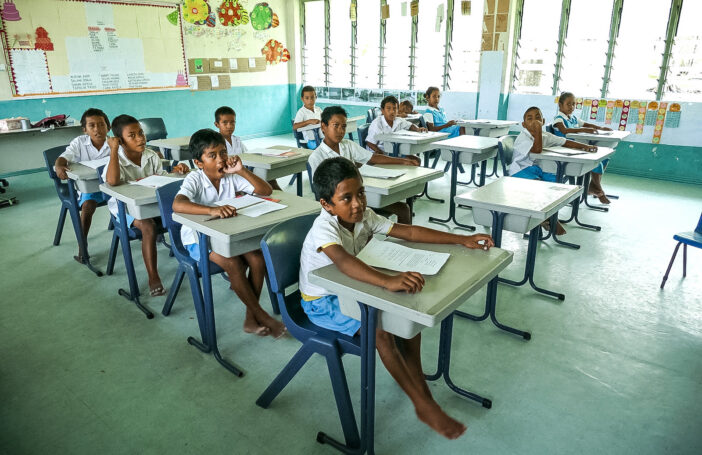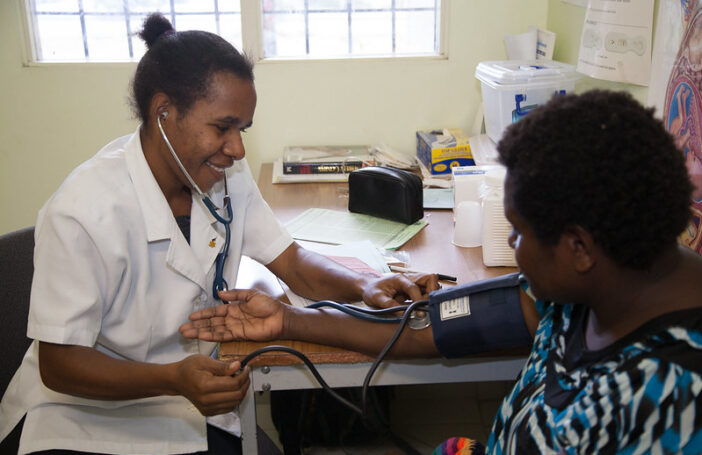A series of reports from the Asia South Pacific Association for Basic and Adult Education (ASPBAE) highlight an alarming gap between declared literacy and functional literacy. According to the UNESCO Institute of Statistics, functional literacy is where an individual’s level of reading, writing and calculation skills are sufficient to function within the individual’s community. Though published in 2011, the ASPBAE reports are worth considering in light of a September report from UNESCO on Adult and Youth Literacy. The recent UNESCO brief clearly relies on declared literacy rates. For instance, Papua New Guinea is considered by UNESCO to be within the 60-69 per cent range for literacy.
Declared and functional literacy rates in three Pacific Island States (%)
|
Country |
Declared |
Non-literate |
Semi-literate |
Literate |
|
Vanuatu* |
70.5-87.5 |
34.1 |
38.3 |
27.6 |
|
Solomon Islands** |
76.6 |
40.2 |
42.7 |
17 |
|
PNG*** |
70+ |
45 |
42.5 |
12.5 |
| * For Shefa province | ||||
| ** For Honiara and Malaita provinces | ||||
| *** For New Ireland, National Capital District, Chimbu, Sandaun & Gulf provinces | ||||
| Note: Figures are from taken from the ASPBAE reports | ||||
However, the ASPBAE report on literacy in five provinces (New Ireland, National Capital District, Chimbu, Sandaun & Gulf Provinces) of PNG sheds light on more accurate figures. While more than 70 per cent of respondents in the five provinces declared they were confident in their ability to read and write, functional literacy rates were less than 15 per cent in four of the provinces (Gulf Province having the lowest at 4.4 per cent, p.4), and around 25 per cent in New Ireland province. Approximately 45 per cent of the sample was classified as non-literate, and 42.5 per cent were classified as semi-literate.
Similarly, an ASPBAE report on Shefa Province in Vanuatu finds that while 70.5 per cent of surveyed individuals stated they were able to read easily and 85.7 per cent stated they could read and write a simple letter to a friend, the functional literacy rates were drastically lower. Only 27.6 per cent of respondents were found to be functionally literate, and 38.3 per cent were considered to be semi-literate (p.24). A similar situation can be seen in the Solomon Islands. The ASPBAE analysis (p.10) of literacy in the Solomon Islands made its way into the October 2012 “Skills for Solomon Islands” World Bank report. While declared literacy in the Solomon Islands is 84.1 per cent, functional literacy was found to be between 7 and 33.4 per cent across four provinces (p.22).




